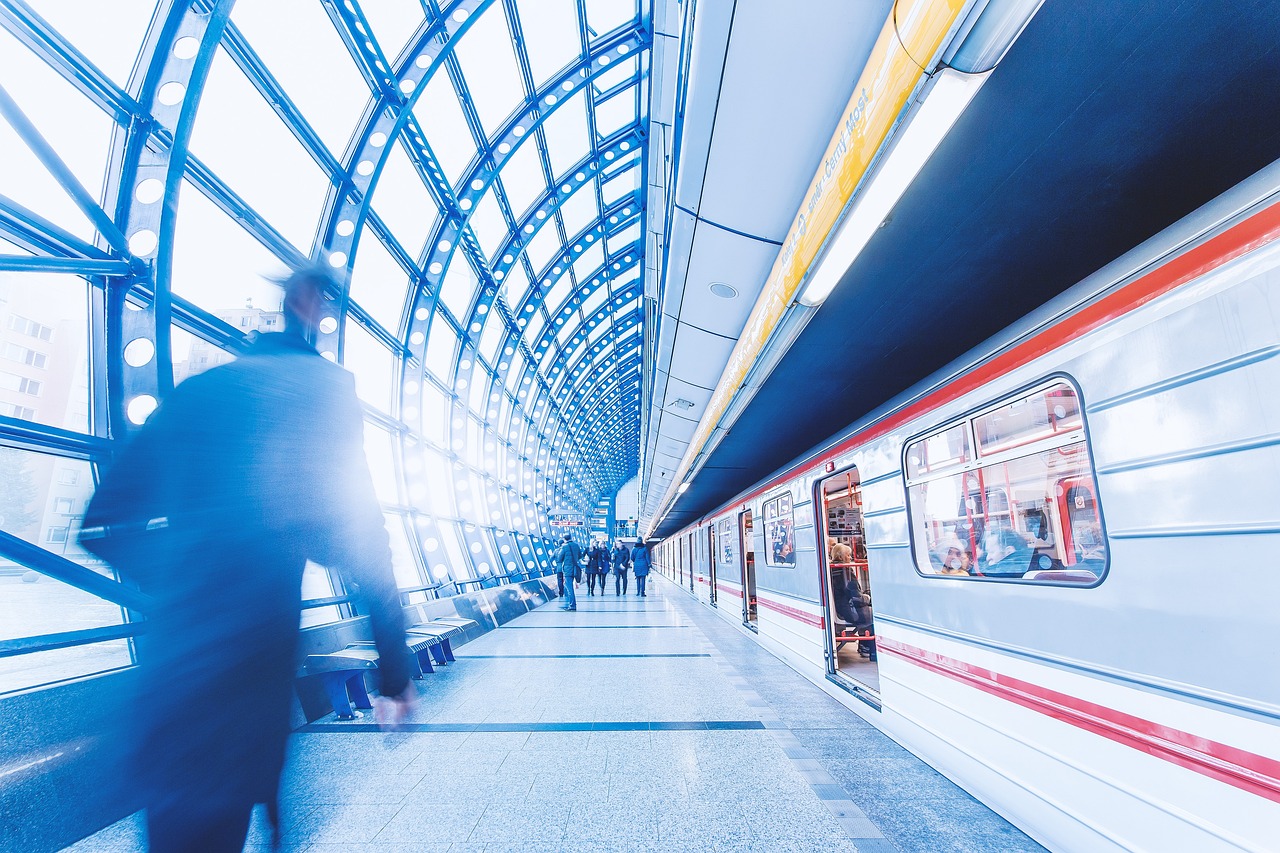The Thane Ring Metro is a new metro rail project approved by the Indian government, which will cost approximately Rs 12,200 crore. This ambitious project is designed to improve transport options for people living and working in Thane, Maharashtra. It will be a 29 km long corridor with 22 stations, running along the outer edge of Thane city. The metro line will be built in a way that benefits the lower and middle-class population, offering a faster, more affordable, and sustainable means of transportation. Let’s take a look at the costs and benefits of this new metro project.
Costs Involved in Building the Metro
Building a metro system like the Thane Ring Metro requires a significant investment. The total cost of Rs 12,200 crore will be funded equally by the central government and the state government of Maharashtra, with additional funding coming from international agencies.
In addition to government funding, innovative methods will be used to raise funds. These include selling station naming rights to businesses, allowing corporates to sponsor access points, and utilising other creative financing strategies. All these efforts are being made to lower the financial burden on the government while ensuring that the project remains sustainable.
Though the costs are high, the long-term benefits in terms of ease of transport, economic growth, and environmental sustainability will definitely make it a worthwhile investment.
Benefits for Commuters
For the lower to middle-class population in Thane, the new metro will offer several important benefits. Currently, many people rely on buses, local trains, or private vehicles to commute to work or school, which can be time-consuming and expensive. The new metro line will provide a faster alternative, reducing travel time for thousands of daily commuters.
By 2029, when the metro is expected to be operational, it is estimated that around 6.47 lakh people will use the metro daily. This number is expected to rise to 7.61 lakh by 2035 and 8.72 lakh by 2045. These figures show how the metro will become an essential part of daily life for many residents of Thane.
Economic Impact
The Thane Ring Metro will also have a positive economic impact on the region. It will connect major business hubs, making it easier for employees to reach their workplaces. This improved connectivity will help Thane develop further as a business and commercial centre, attracting new investments and creating jobs.
Additionally, the project will help ease traffic congestion, which is a significant problem in cities like Thane. Less time spent in traffic means more productive hours for workers and less fuel consumption, which will save money for families in the long run.
Environmental Benefits
One of the major advantages of the Thane Ring Metro is its environmental impact. By offering a cleaner mode of transport, the metro will reduce the number of private vehicles on the road, which in turn will lower greenhouse gas emissions. As climate change becomes a growing concern, projects like the Thane Metro play an important role in promoting sustainable urban development.
The Thane Ring Metro is a major project that promises to bring numerous benefits to the lower and middle-class population of Thane. While the initial costs are high, the long-term advantages in terms of faster commuting, economic growth, reduced traffic congestion, and environmental sustainability make this project a significant step forward for the city. For daily commuters and the overall development of Thane, the metro will be a game changer.








